Calculation example – Re-establishing an accessible Reference Station

Contents [show]
Re-establish the reference station T (accessible by the surveyor) onto position B and calculate the coordinates of stations A and B.
A second reference station P is far but visible from T. By occupying reference station T, measure angles τ’ and θ. From station B, measure angle β’ and from station A, measure angle α’. Finally, measure distance (BA).
1. Angle measurements include uncertainties, causing inaccurate result on the sum of triangle angles.
τ' +β' '+α' -200gon= w
Equally distribute discrepancy w and correct values for all angles measured:
and
τ+β+α=200gon
2. By applying the Second Fundamental Surveying Problem and the known coordinates of reference stations T and P, calculate the bearing angle TP:
Then, calculate bearing angles TB and TA:
4. Considering the known coordinates of reference station T and applying the equations of the First Fundamental Surveying Problem:
Selected Topics
Want to read more like this?

Calculation example – Re-establishing an inaccessible Reference Station
Jan, 16, 2019 | EducationRe-establish the reference station T (inaccessible by the surveyor) onto position B and calculate th...

Calculation example - Three Point Resection
Apr, 23, 2017 | EducationDetermine the coordinates of an unknown station P from three (3) previously coordinated reference po...

Calculation example – The intersection method
Sep, 22, 2017 | EducationDetermine the coordinates of an unknown point M (impossible to occupy) visible from two (2) previou...

Calculation example - Calculate the Bearing Angle of any Baseline of a Traverse Network (Third Fundamental Surveying Problem)
Mar, 07, 2017 | EducationCalculate the bearing angle of any line connecting consecutive points of a traverse framework. Ca...
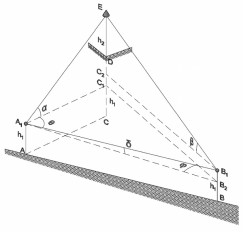
Calculation example - Calculate the height of an object when its base is inaccessible #4
Jun, 26, 2019 | EducationCalculate the height of an object from a baseline when its projected position to the ground is inacc...
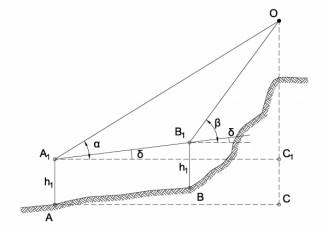
Calculation example - Calculate the height of an object when its base is inaccessible #3
Jun, 26, 2019 | EducationCalculate the height of an object from a baseline when its projected position to the ground is inacc...

Calculation example - Resections
Oct, 18, 2019 | EducationCalculate the coordinates of a distant point Tn, referencing measured angles and coordinates of four...
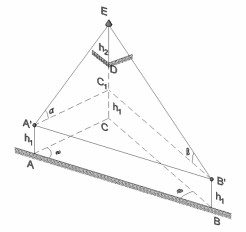
Calculation example - Calculate the height of an object when its base is inaccessible #2
Apr, 19, 2019 | EducationCalculate the height of an object from a baseline when its projected position to the ground is inacc...
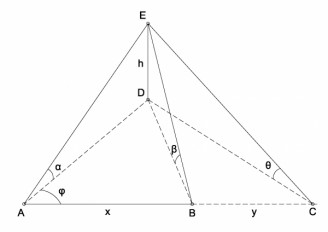
Calculation example - Calculate the height of an object from three angles of elevation
Jan, 20, 2020 | EducationCalculate the height of an object by measuring three angles of elevation only, from stations A, B an...
Trending

Calculation example - Determine the water content within a soil sample

Gauss's Area Calculation Formula

The history of the Golden Gate Bridge
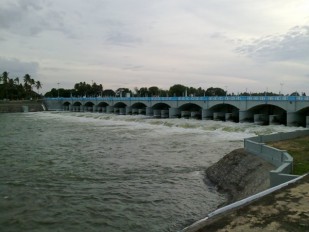
Kallanai Dam (Grand Anicut)
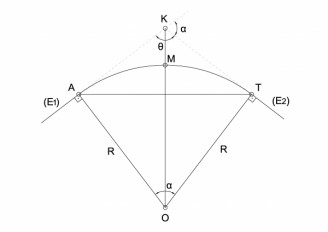
Calculation example – Road design– Circular arc implementation
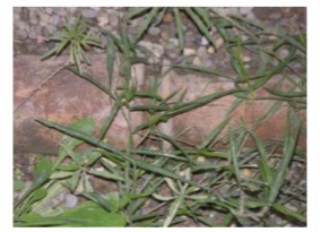
Minoan Water Harvesting and Distribution (Terracotta Pipes)

Calculation example – Calculate the height of a building

